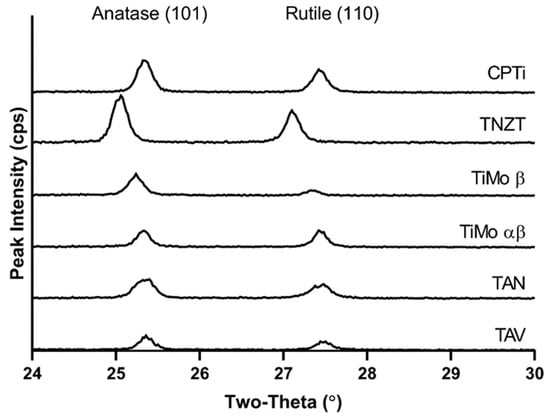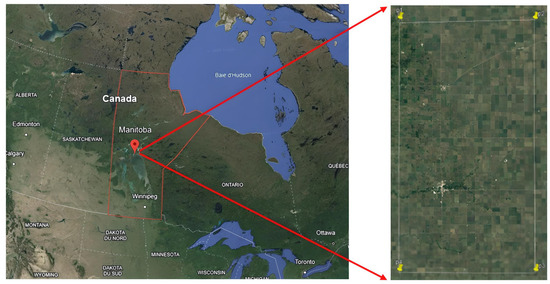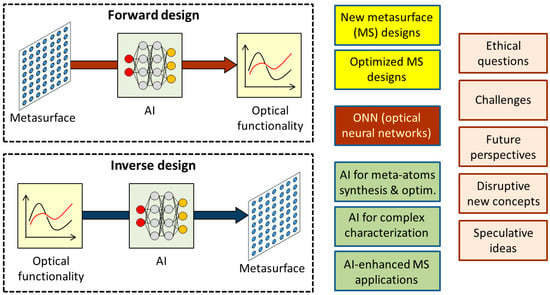Background: Erectile dysfunction (ED) stands out as one of the most prevalent sexual disorders in men, with its incidence progressively escalating with age. As delineated by the International Consultation Committee for Sexual Medicine on Definitions/Epidemiology/Risk Factors for Sexual Dysfunction, the prevalence of ED among men under 40 years is estimated to be within the range of 1–10%. The aim of this study was to determine the relationship between the concentration of bioelements (Zn, Cu, Fe, Cr, Mg, and Mn) in the serum and bone tissue and the concentration of selected hormones in men with and without erectile dysfunction.
Materials and methods: The retrospective cohort study included 152 men who underwent total hip arthroplasty for hip osteoarthritis at the Department of Orthopaedic Traumatology and Musculoskeletal Oncology at the Pomeranian Medical University in Szczecin. Certain exclusion criteria were applied to ensure the integrity of the study. These included individuals with diabetes, a history of cancer, alcohol abuse, liver or kidney failure, New York Heart Association (NYHA) class III or IV heart failure, and those taking medications that affect bone metabolism, such as mineral supplements, neuroleptics, chemotherapeutic agents, immunosuppressants, corticosteroids, or antidepressants. Patients with hypogonadism or infertility were excluded from the study.
Results: The study showed an association between bioT concentrations and Cu concentrations in both patients with and without erectile dysfunction. A correlation between bioactive testosterone and Cr concentrations was also observed in both groups. Patients with erectile dysfunction showed a relationship between bioT concentration and Zn concentration, TT concentration and Mn concentration, FT concentration and Zn concentration, and E2 concentration and Cr concentration. An analysis of elemental concentrations in bone tissue showed an association between FT and Mg and Mn concentrations, but only in patients with erectile dysfunction. In patients without erectile dysfunction, a correlation was observed between FT and Cu concentrations. A correlation was also observed between bioT concentrations and Mg, Mn, and Zn concentrations, but only in patients with erectile dysfunction. In patients without erectile dysfunction, a correlation was observed between bioT and Cu concentrations.
Conclusions: Studying the relationship between the concentration of bioelements (Zn, Cu, Fe, Cr, Mg, and Mn) in the serum and bone tissue and the concentration of selected hormones in men may be important in explaining the etiology of the problem. The study of the concentration of Zn and Cu in bone tissue and serum showed that these two elements, regardless of the place of accumulation, may be related to the concentration of androgens in men.
Full article
 IJMS
IMPACT
IJMS
IMPACT Applied Sciences
IMPACT
Applied Sciences
IMPACT Sustainability
IMPACT
Sustainability
IMPACT Sensors
IMPACT
Sensors
IMPACT JCM
IMPACT
JCM
IMPACT Materials
IMPACT
Materials
IMPACT Molecules
IMPACT
Molecules
IMPACT Energies
IMPACT
Energies
IMPACT Electronics
IMPACT
Electronics
IMPACT Remote Sensing
IMPACT
Remote Sensing
IMPACT Cancers
IMPACT
Cancers
IMPACT Nutrients
IMPACT
Nutrients
IMPACT Mathematics
IMPACT
Mathematics
IMPACT Foods
IMPACT
Foods
IMPACT Buildings
IMPACT
Buildings
IMPACT Polymers
IMPACT
Polymers
IMPACT Animals
IMPACT
Animals
IMPACT Water
IMPACT
Water
IMPACT Plants
IMPACT
Plants
IMPACT Agronomy
IMPACT
Agronomy
IMPACT Biomedicines
IMPACT
Biomedicines
IMPACT Processes
IMPACT
Processes
IMPACT Microorganisms
IMPACT
Microorganisms
IMPACT Diagnostics
IMPACT
Diagnostics
IMPACT Nanomaterials
IMPACT
Nanomaterials
IMPACT Viruses
IMPACT
Viruses
IMPACT Medicina
IMPACT
Medicina
IMPACT Healthcare
IMPACT
Healthcare
IMPACT Cells
IMPACT
Cells
IMPACT Forests
IMPACT
Forests
IMPACT Agriculture
IMPACT
Agriculture
IMPACT Land
IMPACT
Land
IMPACT JMSE
IMPACT
JMSE
IMPACT IJERPH
IJERPH
 Symmetry
IMPACT
Symmetry
IMPACT Genes
IMPACT
Genes
IMPACT Pharmaceutics
IMPACT
Pharmaceutics
IMPACT Coatings
IMPACT
Coatings
IMPACT Micromachines
IMPACT
Micromachines
IMPACT Pharmaceuticals
IMPACT
Pharmaceuticals
IMPACT Atmosphere
IMPACT
Atmosphere
IMPACT Children
IMPACT
Children
IMPACT Religions
IMPACT
Religions
IMPACT Antioxidants
IMPACT
Antioxidants
IMPACT Life
IMPACT
Life
IMPACT Metals
IMPACT
Metals
IMPACT Biomolecules
IMPACT
Biomolecules
IMPACT Vaccines
IMPACT
Vaccines
IMPACT Education Sciences
IMPACT
Education Sciences
IMPACT Minerals
IMPACT
Minerals
IMPACT Horticulturae
IMPACT
Horticulturae
IMPACT Brain Sciences
IMPACT
Brain Sciences
IMPACT JPM
IMPACT
JPM
IMPACT Bioengineering
IMPACT
Bioengineering
IMPACT














